Many have lamented Ford of Europe's coming transformation.
To understand the reasons why, you need to have known the firm at its amazing peak. So let's revisit our 1968 look into its UK division.
Ford of Britain had grown quickly after establishing its Trafford plant in 1911, opening its Dagenham complex 20 years later. In 1968, it covered 8.4 million square feet and employed more than 24,000 people, helping to produce up to 1400 cars per day.
Ford also had various sites in Aveley, Basildon, Croydon, Daventry, Doncaster, Dunton, Halewood, Langley, Leamington, Romford, Southampton, Swansea, Thurrock, Warley and Woolwich.
Exports were big business: the target was £225 million (£3.2 billion today), with shipments going to Australia, Africa, Europe and the Americas.
This was thanks to a modern, competitive range, the result of Ford having spent £40 million (£556 million now) on development in a decade.
The Escort had just replaced the Anglia beside the Cortina, Corsair, Zephyr and Zodiac at the affordable end. There were Executive versions of those last four, and in the sporting stable lived the Lotus Cortina, Escort GT and motorsport-derived GT40, soon to be joined by the Capri.
Sport was indeed important to Ford of Britain. It won in rallying, touring cars and sports cars while dominating Formula 1 with its Cosworth DFV engine. It powered many other firms' sports cars and was a major player in light and heavy commercial vehicles, in addition to tractors.
Get why there's regret now?
The class-leading Rover 2000 V8
Rover had launched a truly excellent saloon in 1963, the four-pot 2000. Five years later, it fitted a 3.5-litre V8 bought from Buick, creating the 3500. Any doubts over the wisdom of this were immediately dispelled as the 3500 was sweet, docile, flexible, refined and sporty in the manner of a Jaguar, with fine handling on twisty roads.
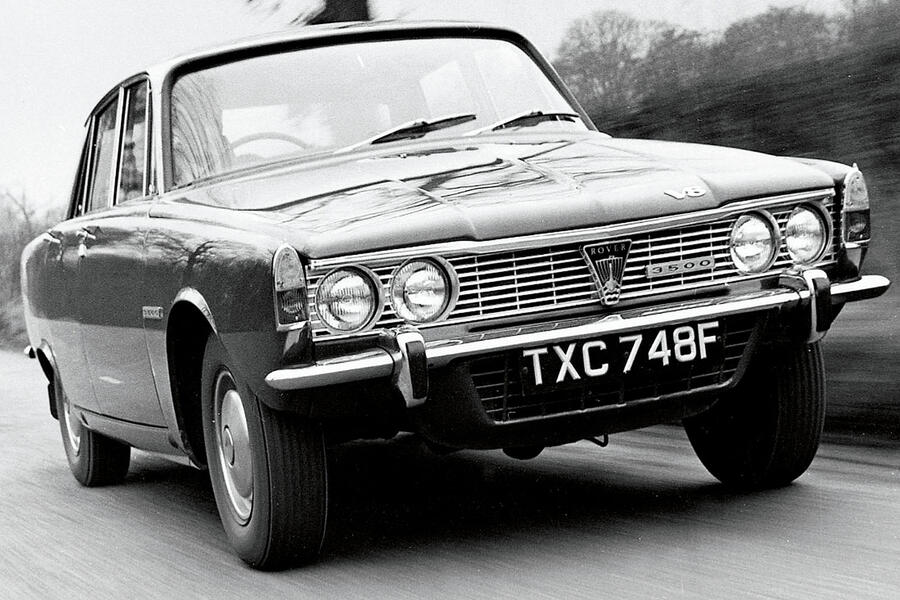
All-aluminium construction for the engine had enabled 70bhp to be added at the cost of only 27kg. A good ride and a smooth automatic gearbox made it a truly relaxing car as well as Rover’s fastest to date. Naturally we predicted big success for this hottest P6, and so it proved.
The first ever car simulators
Thanks to vast computing power and bespoke kit, today you can virtually drive any car on any circuit you like. It may surprise you to learn, though, that simulators go back a long way.

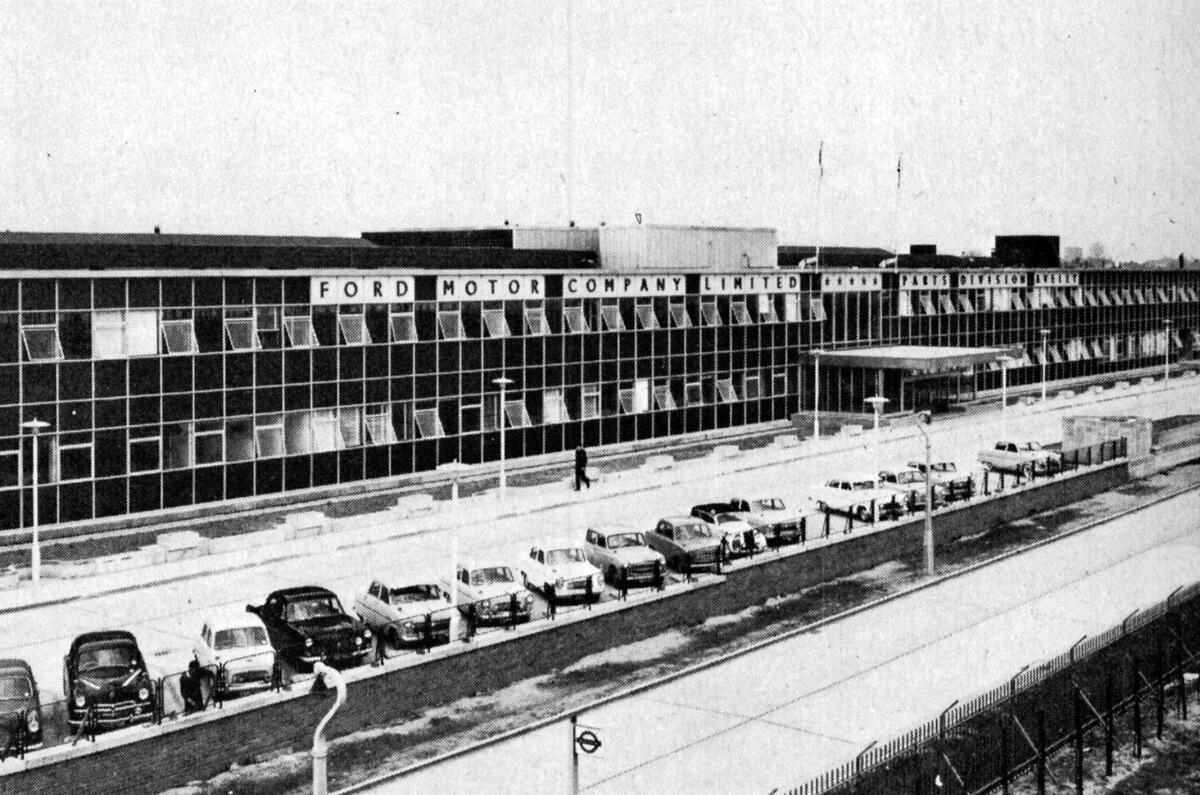

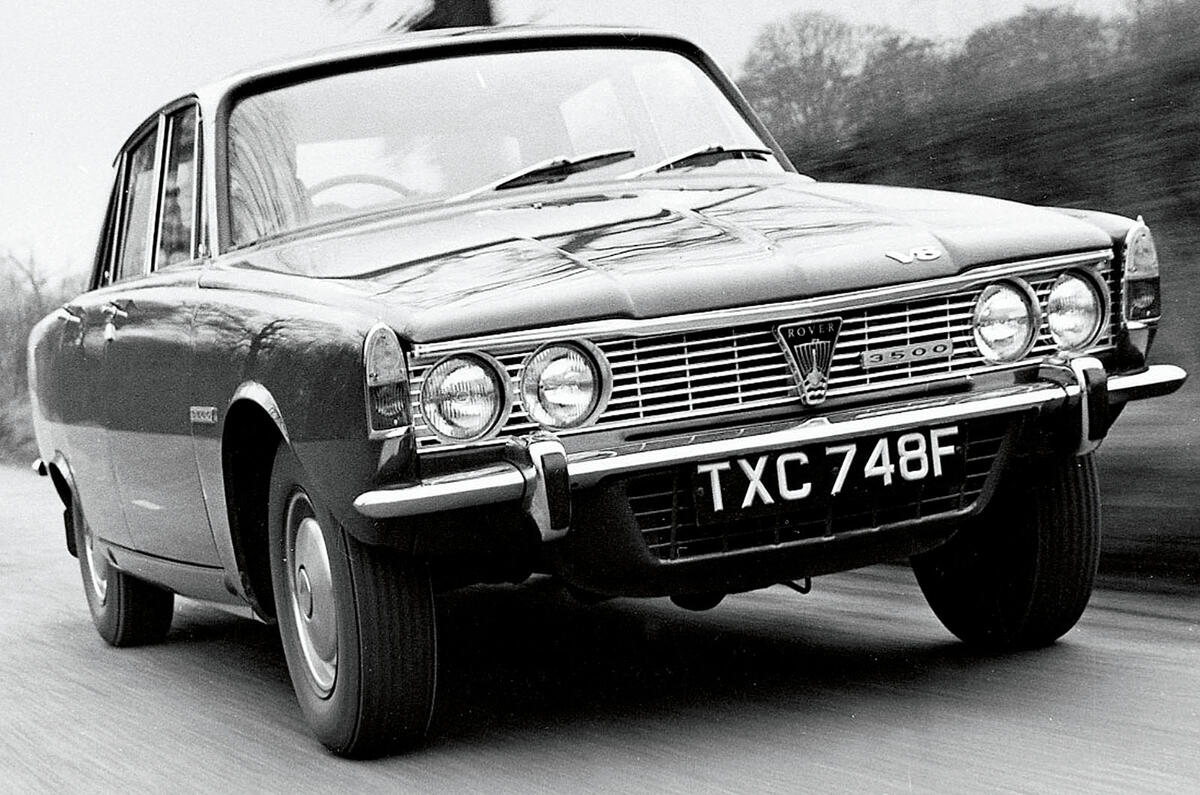
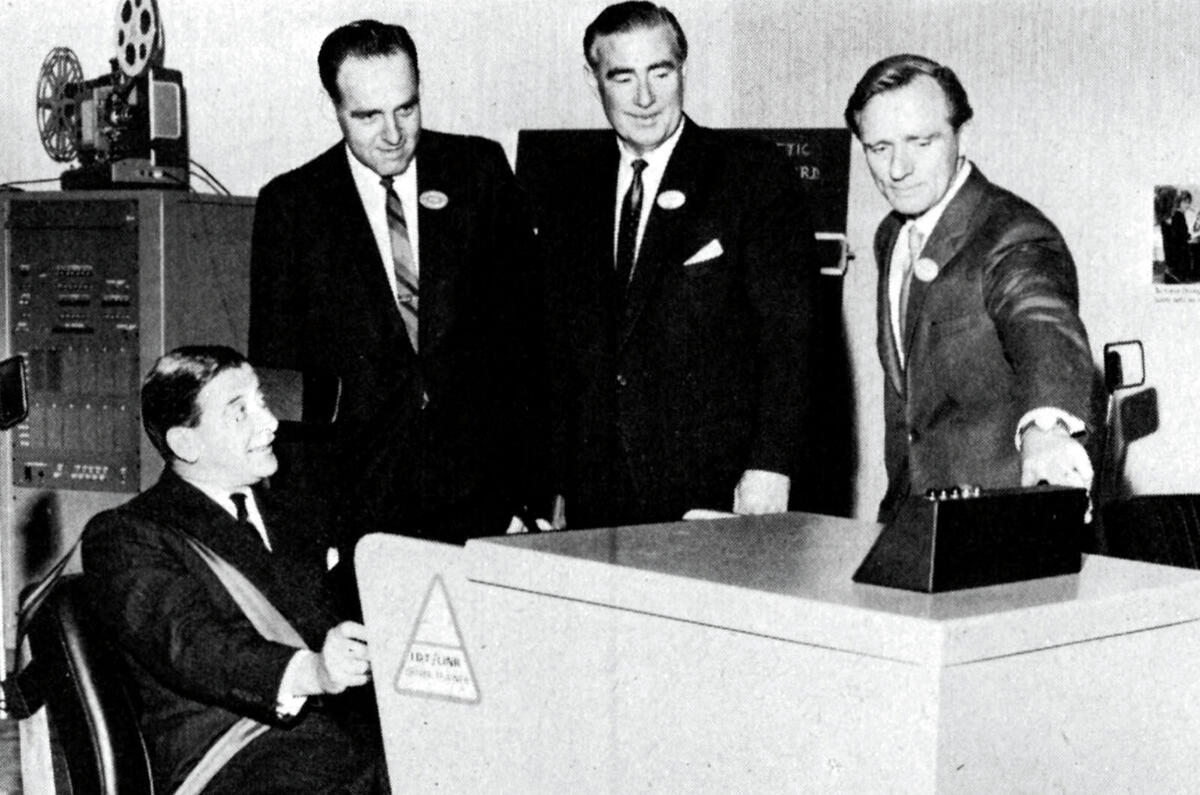
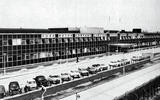
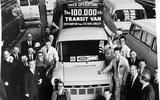
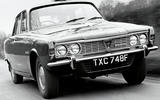
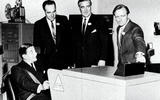

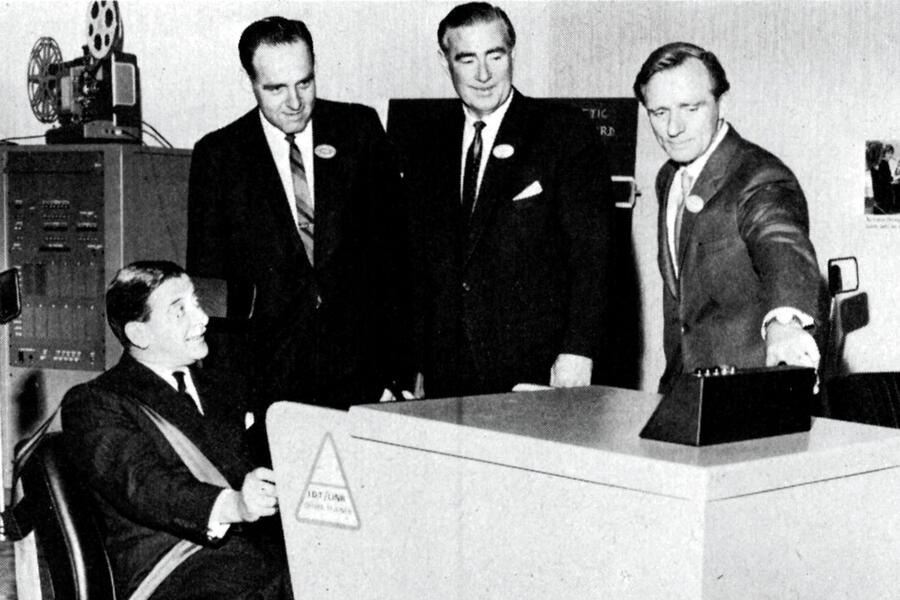

Add your comment